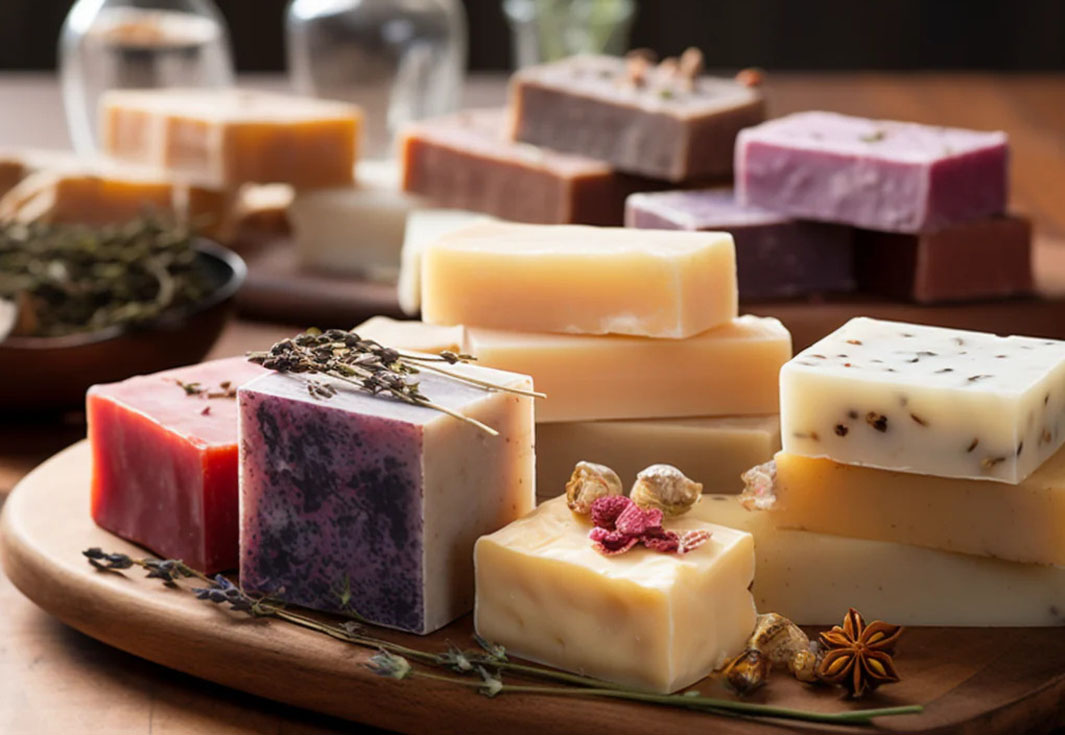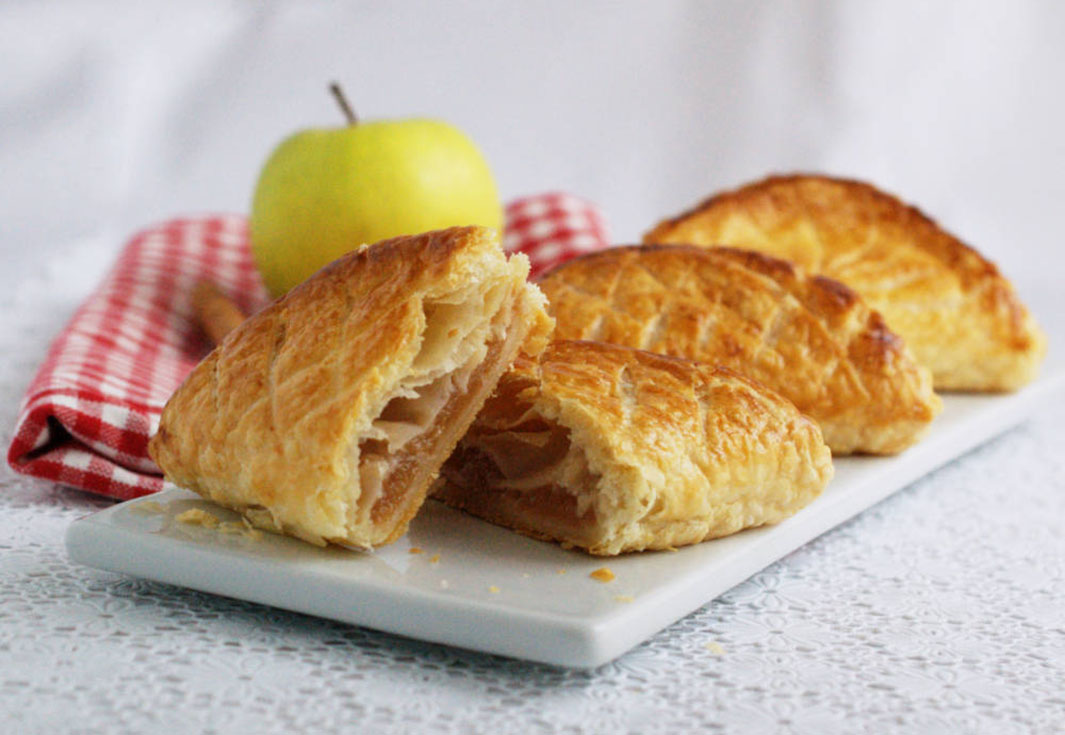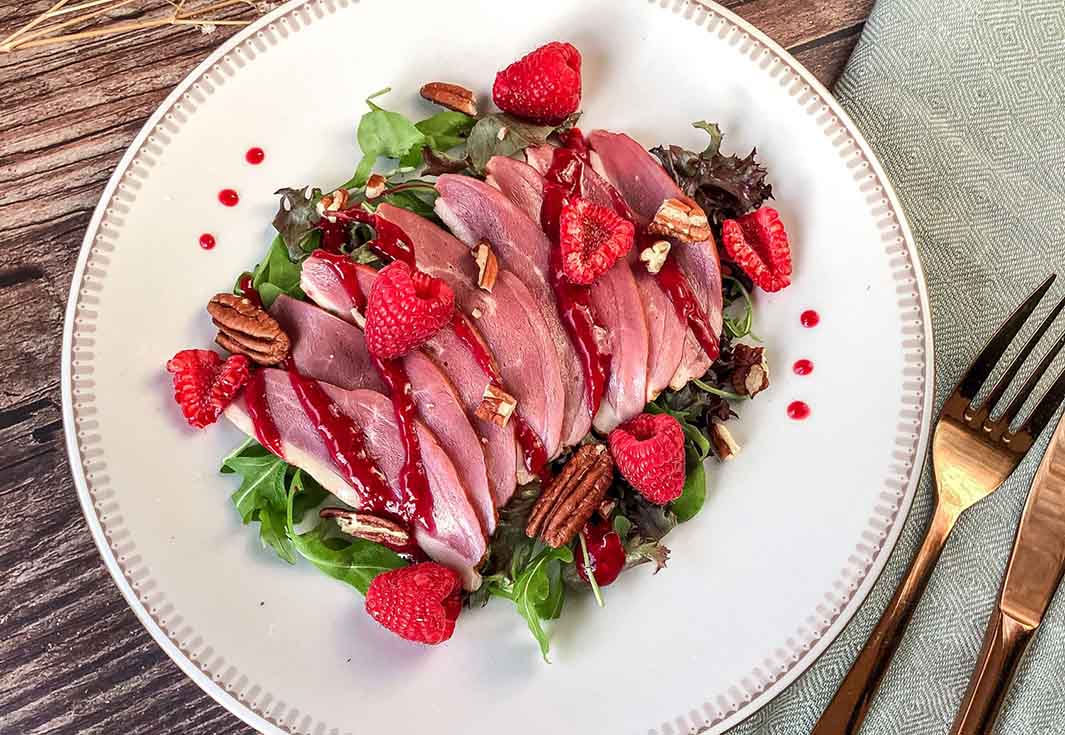1. Arrival in the Heart of Auvergne
The early morning air in Clermont-Ferrand carried a distinct freshness, touched lightly by the mineral scent of volcanic stone. Stepping out from the Gare de Clermont-Ferrand, the landscape was dominated by the dramatic silhouette of the Cathédrale Notre-Dame-de-l’Assomption, its dark volcanic rock contrasting sharply against the bright spring sky. The city, nestled in the heart of the Auvergne region, is known for its unique geological features, historic charm, and a growing culture of artisanal craftsmanship.
Winding through the cobbled streets of the historic center, there was an immediate sense of a slower, more deliberate pace. Locals sipped coffee at street cafés, and soft strains of conversation floated through open windows. I had arrived with a particular mission: to discover the quiet world of handcrafted soaps and natural skincare hidden in this ancient city. What followed was a sensory journey through scent, texture, and the quiet artistry of small, local makers.
2. The Allure of the Artisan: Why Clermont-Ferrand?
Clermont-Ferrand’s volcanic soil has long been associated with rejuvenation. This connection to the earth has not only shaped the landscape but also inspired a new wave of artisans committed to natural and sustainable beauty. The region is dotted with lavender fields, wild herbs, and mineral-rich springs — all key ingredients in the local skincare tradition.
The city’s artisan community is small but vibrant. Shops are tucked into quiet courtyards and narrow alleyways, and most are run by individuals or families with a passion for botanical alchemy. This makes exploration both a literal and metaphorical discovery. Each door opens into a different world, each filled with its own philosophy, its own scent.
3. First Discovery: Maison Lavande et Miel
The first stop was a boutique just off Rue des Gras, a short walk from the cathedral. The sign read Maison Lavande et Miel, and it hung above a lavender-painted door. Inside, the shop was perfumed with a warm, herbal aroma. Shelves lined with pale soaps and glass jars caught the morning light.
The owner, a middle-aged woman named Elise, greeted me with a smile. Her hands were stained with herbs — not dirt, but pigment, as though the plants had lent her their hues. She explained that the shop was named after the two central ingredients in her soaps: lavender from the Monts Dore and honey harvested from her family’s apiary outside Issoire.
Each bar of soap was a composition. There was Lavande-Sauge (lavender-sage), Miel-Romarin (honey-rosemary), and a particularly intriguing Charbon-Achillée (charcoal-yarrow). Elise spoke of soap-making as a dance of temperatures, of precise timing and intuition — the saponification process she described with a reverence akin to poetry.
One of her bestsellers, a creamy bar infused with goat milk and calendula, was recommended for sensitive skin. She sliced a piece fresh from a large slab, wrapping it in waxed paper printed with tiny bees. The scent was earthy, comforting, subtly floral.
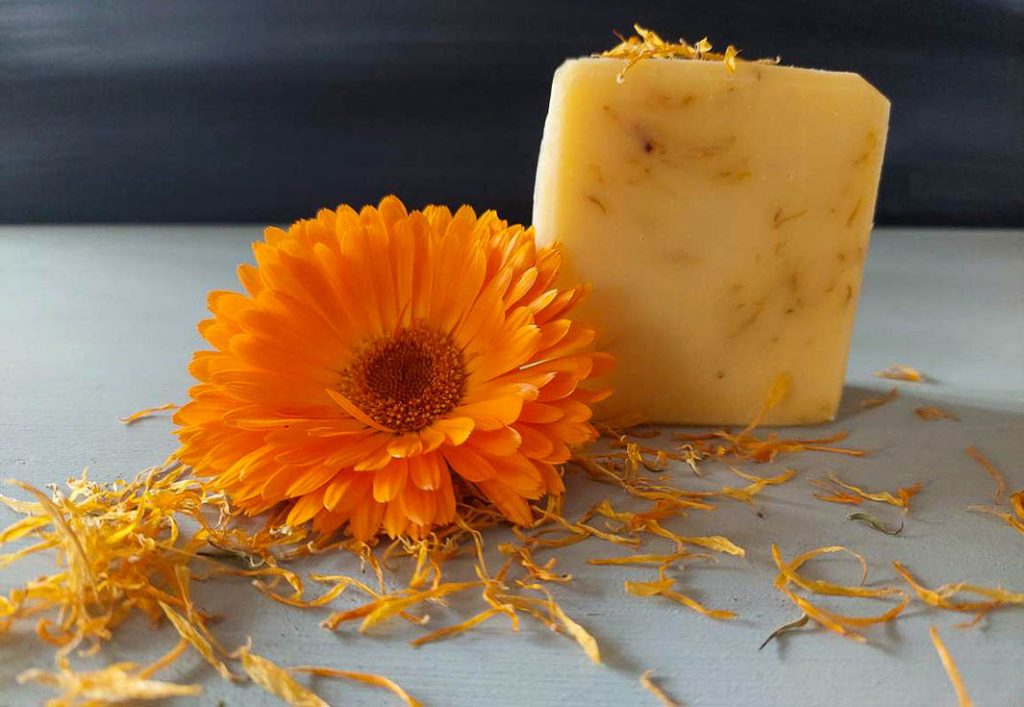
4. Beyond Soap: Natural Skincare in the Old Quarter
The next morning, I headed towards the Old Quarter, where stone buildings leaned together like gossiping neighbors. There, on Rue des Chaussetiers, a modest sign read Atelier Botanique de Claire. Inside was a laboratory-meets-greenhouse, where plants dried from the ceiling and copper stills gleamed in the sunlight.
Claire, a former pharmacist turned herbalist, greeted me with the measured grace of someone who works closely with time and transformation. Her shelves were filled not just with soaps, but also with toners, facial oils, and balms — all made on-site in small batches.
What caught my attention first was a series of hydrosols: lavender, rose, sage, and thyme. Claire explained how these were distilled directly from fresh plant material, capturing the essence and beneficial properties without the intensity of essential oils. I was offered a small spritz of the rose hydrosol, which felt like walking through a morning garden.
The facial oils were particularly intriguing. Each blend was tailored to a skin type, using regional ingredients like hazelnut oil, plum kernel oil, and even green walnut extract. Claire guided me through the textures and scents with care, applying tiny drops to the back of my hand and letting me observe the absorption, the finish, the aroma.
5. Scent as Story: L’Atelier des Parfums Ancestraux
Further exploration led to L’Atelier des Parfums Ancestraux, a perfumery that specializes in recreating historic scents using traditional methods. Tucked behind a vine-draped courtyard, the studio felt like a place out of time.
Here, the artisan — a soft-spoken man named Luc — was a self-taught perfumer with a fascination for medieval and Renaissance-era cosmetic recipes. He showed me a leather-bound book of old formulas, many of which he had adapted using modern safety standards but kept the original spirit intact.
The soaps here were more than cleansing agents — they were olfactory narratives. One was inspired by Catherine de Medici’s travel perfume: bergamot, rosewood, and a whisper of incense. Another captured the scent of a forest after rain, using vetiver, pine resin, and crushed bay leaf.
Luc spoke of scent as memory, of how fragrance can root us in place and time. His shop carried the solemn hush of a library, broken only by the occasional rustle of tissue paper or the faint bubbling of a maceration jar.
6. The Process: Watching Soap Made by Hand
I was invited to observe a soap-making demonstration at Savonnerie des Volcans, a studio located just outside the city near Royat. The space was part workshop, part storefront, with large windows overlooking the wooded hills.
Marie, the soapmaker, walked me through her process. Oils were measured and heated, lye was mixed with mountain spring water, and everything came together in a thick, silky batter. Essential oils — verbena, petitgrain, lemon balm — were added at the moment of trace, when the mixture begins to hold its shape.
Watching the process unfold was mesmerizing. The mixture was poured into molds and left to set, then cut into bars the following day. Each piece was stamped with her seal — a stylized volcano surrounded by fern leaves. The soaps were then cured for four to six weeks, during which they hardened and mellowed.
Marie explained how the curing process not only improves the texture and longevity of the soap but also allows the scent to fully develop. Like cheese or wine, it needed time.
7. Markets and Makers: Rue Ballainvilliers and Beyond
Clermont-Ferrand’s markets are a treasure trove for those seeking artisanal skincare. On Saturdays, the square at Place de Jaude turns into a bustling marketplace. Amid the produce stalls and cheese vendors, I found a tent belonging to Les Herbes d’Isaline, a collective of herbalists and natural cosmetic makers.
Isaline herself was there, a tall woman in a straw hat who had been harvesting wild herbs since childhood. Her table was filled with salves, tinctures, and oil blends. One salve, a deep green balm made from plantain, comfrey, and beeswax, was intended for minor cuts and skin irritation.
She also offered a serum made from macerated carrot root, rich in beta-carotene and ideal for revitalizing dull skin. I purchased a small jar of her Baume des Volcans, which had the faint smell of pine and damp soil — grounding, elemental.
At a nearby stall, a young couple sold soap infused with ash from volcanic rock, claiming gentle exfoliation and detoxifying effects. Another vendor offered clay masks made from local bentonite and illite, blended with rose petals and chamomile.
8. Conversations with Crafters
Speaking with the artisans, a shared philosophy emerged. They viewed skincare not as indulgence, but as ritual — a way to reconnect with the body and the earth. Their products were not about quick fixes or dramatic claims, but about slow, sustained nourishment.
Several mentioned the challenges of sourcing ethical ingredients, the importance of biodegradability, and the increasing difficulty of maintaining traditional methods in a fast-paced, regulation-heavy world. Yet none seemed ready to compromise. There was a quiet pride in preserving these crafts, in passing them along to others.
Each encounter added another thread to the tapestry: a note about the best time to harvest linden flowers, a story about a grandmother’s herbal remedy, an explanation of how pH balance affects a bar of soap’s gentleness.
9. Evenings at the Pension: Reflection and Rejuvenation
Back at the small pension where I was staying, evenings were spent testing the day’s purchases. The room was filled with delicate perfumes — lavender, honey, rosewood, pine. Using the products became a form of unwinding. A face mist before bed, a soap lathered into creamy foam, a balm massaged into tired hands.
Outside, the city hummed softly. Streetlamps cast golden halos on the wet stones. The scent of soap lingered in the steam from the bathroom sink. In that quiet, solitary space, the connection between maker and user became tangible — a bridge of intention, effort, and grace.
10. The Archives of Aroma: Historical Touchstones
On my fourth day, curiosity led me to the Musée Lecoq, Clermont-Ferrand’s natural history museum. While its main exhibits revolve around the region’s geology and biodiversity, a small temporary exhibit caught my attention: “Plantes et Remèdes d’Auvergne.”
Among ancient herbariums, copper alembics, and parchment recipes, I discovered how deeply ingrained plant-based healing is in the region’s history. There were notes on medieval soap recipes using rendered animal fat and ash, tinctures for everything from joint pain to melancholy, and beautiful botanical illustrations that would rival any modern packaging design.
What struck me most was a handwritten diary by a 19th-century herbalist from the Cantal region, meticulously noting the effects of each salve and elixir. His voice echoed that of today’s artisans — thoughtful, observant, and deeply respectful of nature’s rhythms.
This historical anchor grounded my journey further. The boutique shelves I’d explored were not trends but continuations of a legacy.
11. Workshops and Community
Eager to experience the process firsthand, I joined a two-hour soap-making workshop hosted by L’École Verte, a local school dedicated to sustainable living practices. The class was held in a renovated barn just outside the city limits, surrounded by gardens and bees.
Participants included a retired schoolteacher, a young mother, a student of herbalism, and myself. The instructor, a lively man named Thibault, had a background in chemistry and a deep love for the old ways. He guided us through a cold-process method using local olive oil, shea butter, and lavender from a nearby co-op.
As we stirred, poured, and molded, conversations bloomed. The atmosphere was joyful, meditative. Everyone had their reasons for attending — sustainability, curiosity, health concerns, or just the pleasure of creating something tactile and fragrant. We were invited to personalize our bars with dried herbs, clays, and essential oils. I chose nettle and thyme, a nod to the mountain air.
The bars we made would be ready in a month — mailed to us after curing. Though they would arrive long after I had left Clermont-Ferrand, the memory of crafting them, of mixing raw, honest materials into something both functional and beautiful, was immediate and enduring.
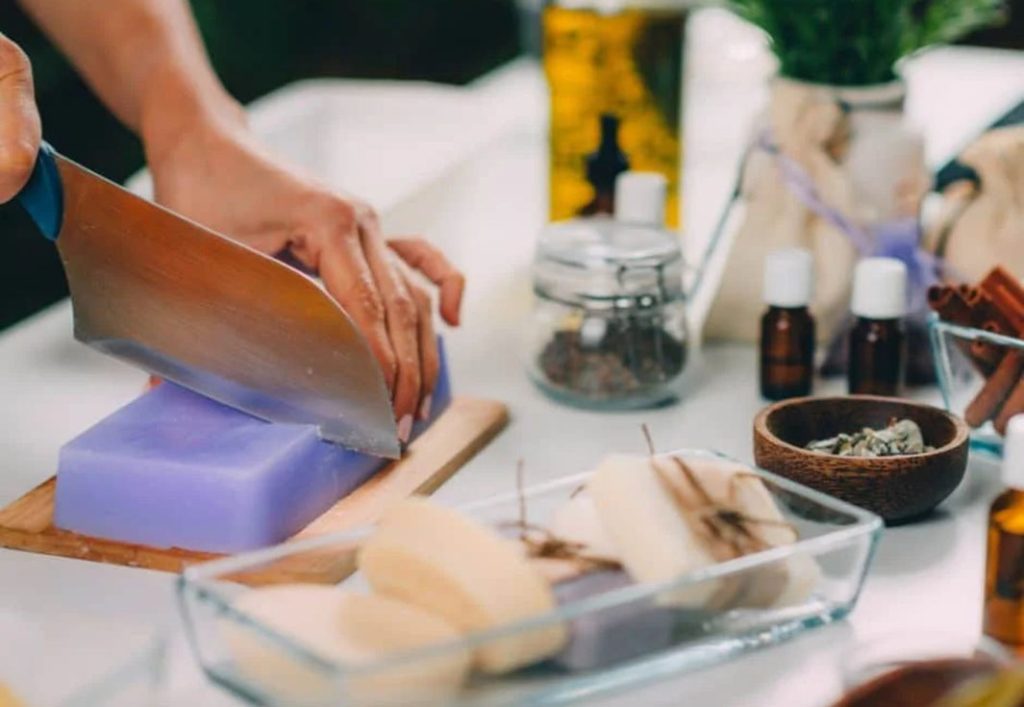
12. Packaging and Presentation: The Art of First Impressions
Another fascinating aspect of my exploration was the attention given to packaging. These were not mass-produced boxes with generic logos. Each label told a story.
Some were hand-lettered, others printed on recycled paper embedded with wildflower seeds. Elise’s soaps were wrapped in beeswax-infused cloth, which doubled as a reusable wrap. Claire’s skincare line came in dark glass bottles to preserve freshness, with labels that listed each ingredient’s origin.
Luc’s perfumes were housed in apothecary-style bottles with wax seals and parchment tags. Isaline’s balm tins featured pressed flowers under a layer of translucent resin. The aesthetic was rustic, elegant, and deeply personal.
What became evident was that packaging wasn’t just marketing — it was philosophy. Sustainability wasn’t a trend; it was a principle. Even the presentation of the product was part of the ritual.
13. Scouting the Outskirts: Beyond the City Core
One afternoon was dedicated to the outskirts of Clermont-Ferrand. A bus ride through the gentle hills took me to Orcines, where a small collective called Terre & Peau had set up a workshop on an old farmstead.
Here, five artisans collaborated to produce everything from shampoo bars to herbal compresses. Their production space was modest but efficient, and the surrounding land was used to cultivate herbs like calendula, mint, and sage.
I was shown a cold room where macerations took place — large jars filled with plant matter steeping in oils. Another room was used for infusions, tinctures, and the preparation of powdered clays.
One of the artisans, Juliette, explained how they kept their supply chain almost entirely local. Even their shea butter was sourced through a fair-trade cooperative that sent batches to a family in nearby Issoire who handled the final filtration and packaging.
She offered me a soap scented with verbena and lime — bright, invigorating, perfect for summer mornings. We spoke of land stewardship, and she mentioned how even their water use was carefully monitored, their greywater filtered through a reed bed system before returning to the soil.
14. Evening Rituals and Daily Use
Every morning and evening, I found myself looking forward to using the soaps and balms I had acquired. A floral facial mist in the morning brought a sense of freshness before stepping out into the cool Auvergne air. A clay-based facial cleanser soothed sun-dappled skin after long walks. A lavender balm eased sore feet after days spent navigating uneven stones and market crowds.
The bar soaps — each one different — became chapters of the day. A bright citrus bar for the morning shower. A honey-oatmeal bar for the post-hike scrub. A mossy, resinous blend for a calming bath before bed.
These were not merely hygiene products. They became cues, helping to mark time and place. Each scent brought a memory, each texture a sensation of care and calm.
15. The Dialogue of Tradition and Innovation
Throughout the journey, one theme became increasingly clear: the balance between tradition and innovation. These artisans were not bound by nostalgia; rather, they drew upon the past with an informed creativity.
Claire had begun experimenting with ferments in her facial serums. Elise was testing vegan wax alternatives. Thibault had recently collaborated with a chemist friend to develop a new process that lowered soap’s drying time without sacrificing quality.
Yet in all of this, the core remained unchanged: respect for nature, reverence for slow processes, and the belief that care — for self, for earth, for others — begins with the choices made each day, each wash, each breath.
16. Returning with More Than Soap
As the final day approached, the suitcase was heavier not just with soaps and oils, but with something less tangible. An understanding of place. An appreciation for the subtleties of scent. A deeper relationship with the body and how it meets the world.
In conversations, purchases, observations, and even quiet moments alone, something had shifted. The daily act of washing — once routine — now held meaning. The feel of cool soap on skin, the lift of lavender in warm water, the pat of oil into a wind-brushed cheek: each gesture held its own weight.
Clermont-Ferrand offered more than discovery. It offered reminders — of slowness, of substance, of heritage. And in the quiet shops and hands that stirred oils into balm, it whispered a kind of wisdom still very much alive.
